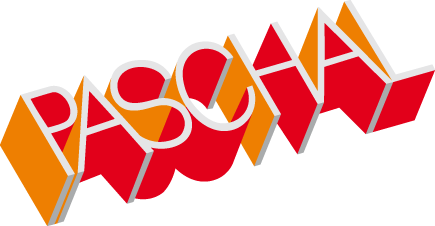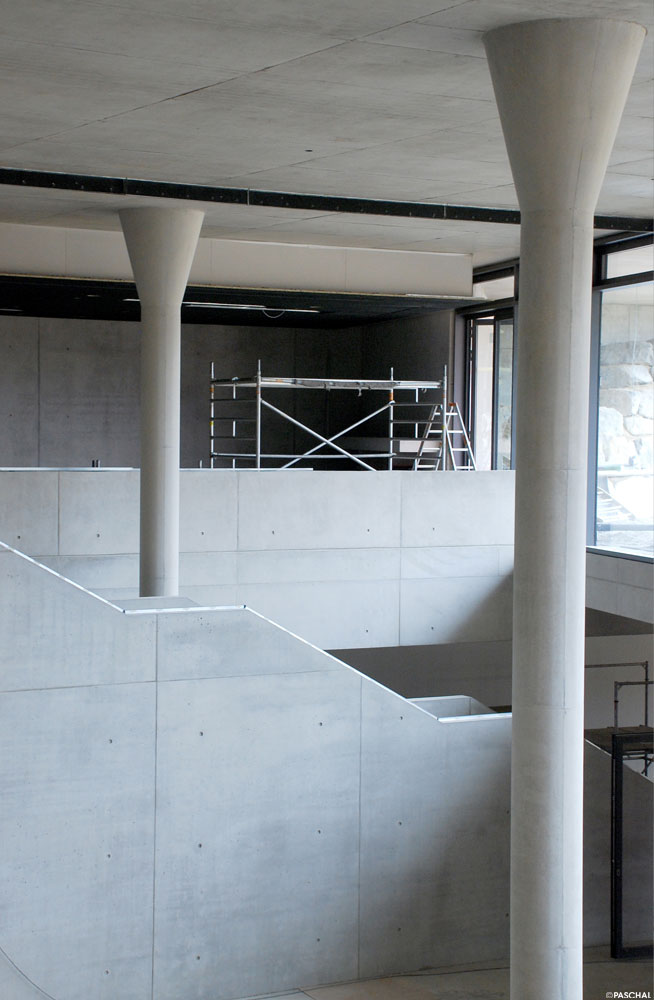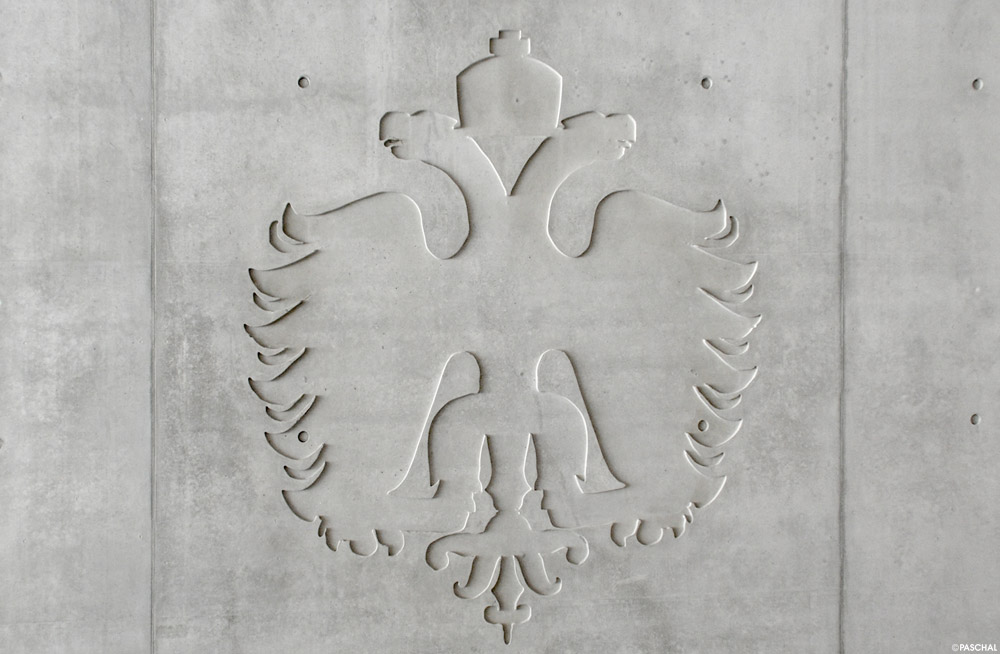What is fair-faced concrete?
Be it for modern administrative buildings or for housing, fair-faced concrete is becoming increasingly popular. Fair-faced concrete is not plastered or veneered; the simple appearance of the concrete meets aesthetic requirements.
Fair-faced concrete refers to concrete surfaces with special requirements in terms of concrete aesthetics and structure. We distinguish between four different classes of fair-faced concrete:
| SB1 | Concrete surfaces with few creative requirements, e.g. basement walls or areas used primarily for industrial purposes |
| SB2 | Concrete surfaces with normal creative requirements, e.g. stairwells, retaining walls |
| SB3 | Concrete surfaces with high creative requirements, e.g. facades |
| SB4 | Concrete surfaces with very high creative requirements, e.g. representative components |
Source: DBV/VDZ Data Sheet "Sichtbeton" ('Exposed Concrete', June 2015 version)
Formwork is a key factor for the aesthetic appearance of fair-faced concrete
Formwork is a key factor for the aesthetic appearance and structure of exposed concrete surfaces. Each type of formwork creates a unique surface, since the arrangement of the tie points and the gaps at the element joints have a significant influence on the final appearance.
Interesting effects can also be achieved by using special formwork facings, such as roughly sawn timber formwork, steel facings or texture liners.
Assessment criteria & aesthetic requirements
The service specifications are decisive for assessing fair-faced concrete. When manufacturing fair-faced concrete surfaces, it is essential to perform trials to avoid subsequent discrepancies between the client and the contractor.
Fair-faced concrete with PASCHAL formwork systems
From standard formwork to custom production, our systems for the manufacture of fair-faced concrete are tried and tested and offer the right solution for every requirement:
- Thanks to having a balanced assortment of elements, PASCHAL wall formwork makes many combination options possible with regard to the arrangement of tie points and joints.
- When using LOGO.3 formwork on large-area construction components, the low number of tie points fulfils the high demands that are made of the concrete surface, whereas the LOGO.S with steel facing achieves ideal concrete surfaces, since no bolt or rivet head impressions are visible in the concrete.
- Circular column formwork and the adjustable Grip column formwork for columns of fair-faced concrete
- TTS Trapezoidal Girder Formwork with a steel facing
- System formwork with wooden claddings (e.g. tongue and groove) or texture liners
- Object-related formwork made from steel or timber for special demands on the concrete surface, location of tie points or joint grid and component geometry





